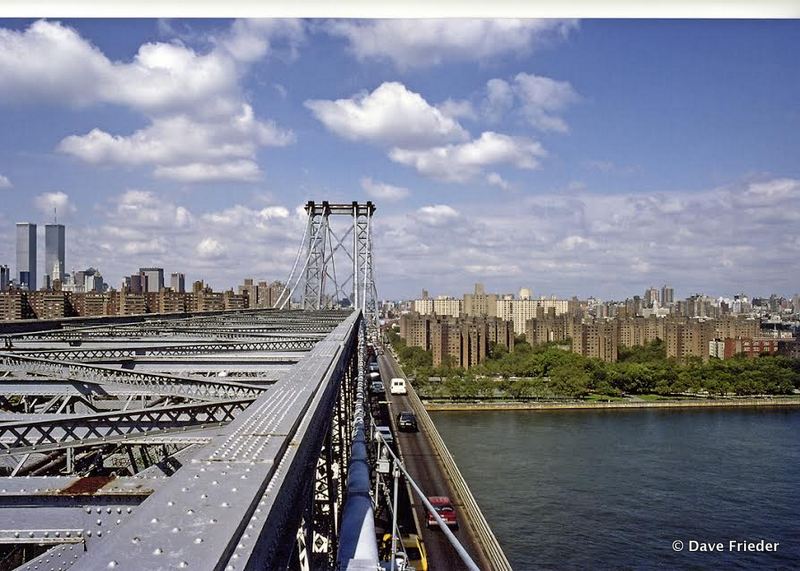7. A History Of Problems And Eventual Rehabilitation

In the first decade of the Williamsburg Bridge, engineers began to notice that the bridge was starting to sag from the heavy traffic. The situation was remedied by two additional supports that were added under each of the unsuspended side spans, and there was additional steel put into the deck to support the heavier subway cars.
Originally, Leffert Buck designed the bridge so that traffic would adapt to the bridge. But as the sagging incident showed, the new strengthening reports said the bridge need to adapt itself to traffic. Despite the sagging fix in the early 1900s, the bridge fell into a state of disrepair as early as 1964, with reports of rust raining down on pedestrians. By the 1980s, the situation had become critical and it was clear something had to be done.
Following an inspection in 1988, it was revealed that there was corrosion in the cables, beams, and steel supports. The bridge was closed to all car and train traffic for almost two months while workers performed emergency construction. Shortly after, a panel of designers tried to figure out if rehabilitation or replacement was the way to go. Rehabilitation costs were about $250 million, and replacement costs hovered around $700 million.
Part of the reason why the bridge had fallen into such disrepair was because Leffert Buck had it built without galvanizing the wires. Galvanizing is a kind of coating process that prevents metal from rusting, while still allowing it to oxidize. The Williamsburg is also the only bridge in New York City to not be galvanized.
In 1988, the New York City Department of Transportation (NYCDOT) decided to repair the bridge while still allowing traffic to cross as it would have the least negative impact on the surrounding communities and those who used the bridge. So in 1991, the NYCDOT began the 15-year, $1 billion reconstruction. Today, the bridge is stronger than it ever was.





